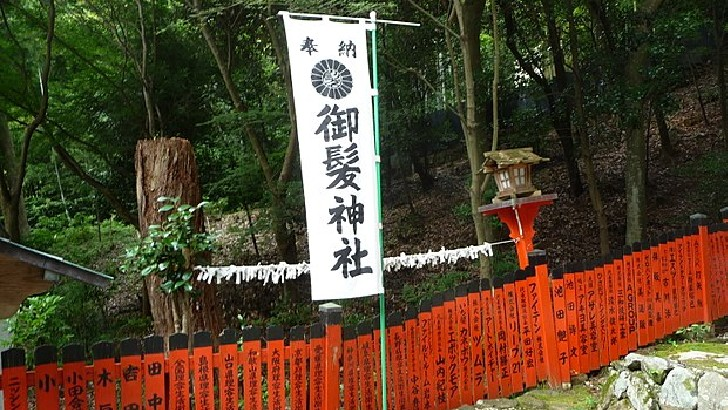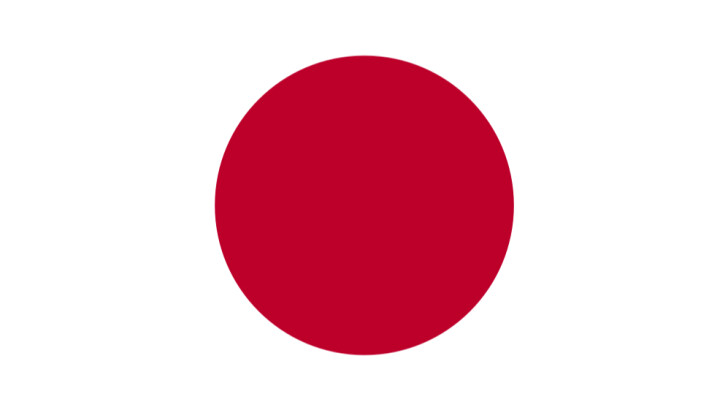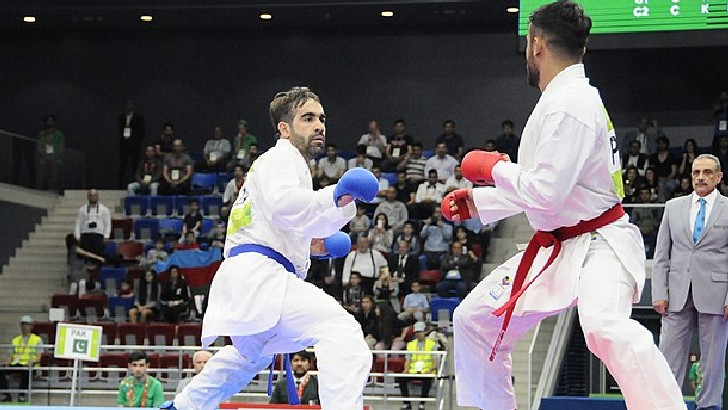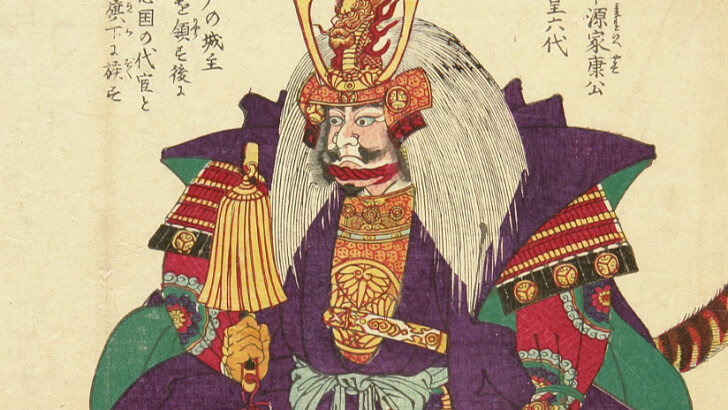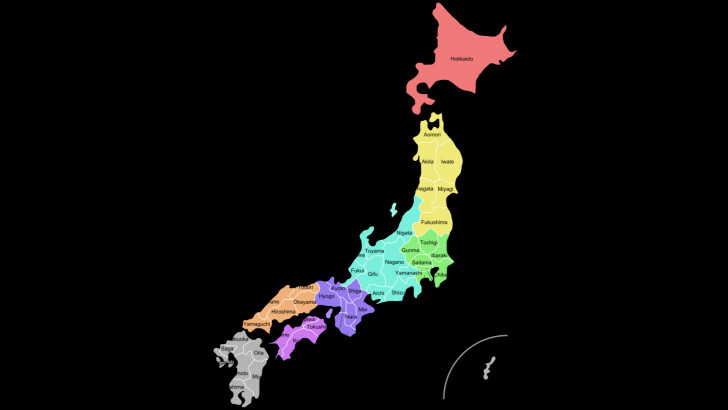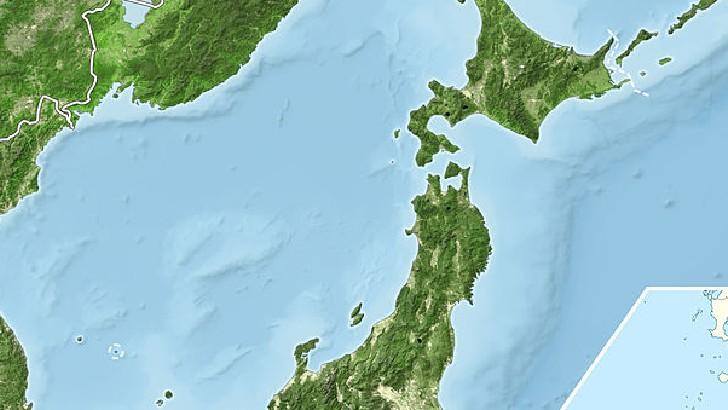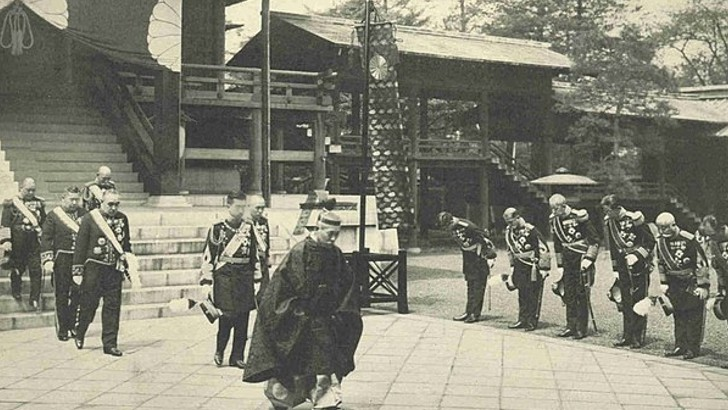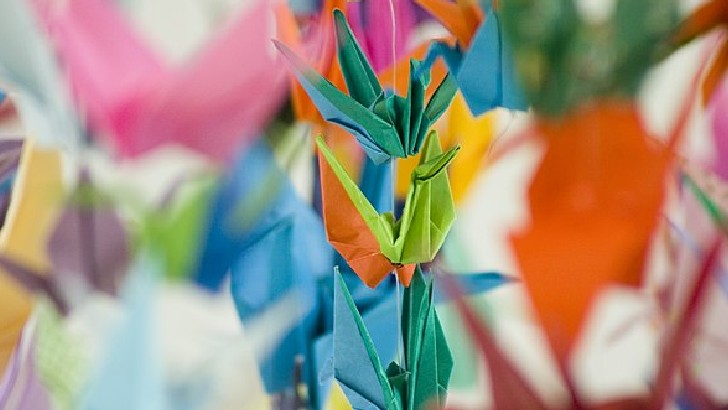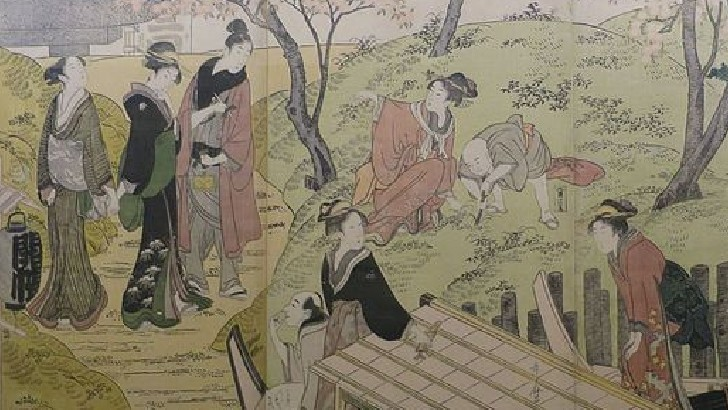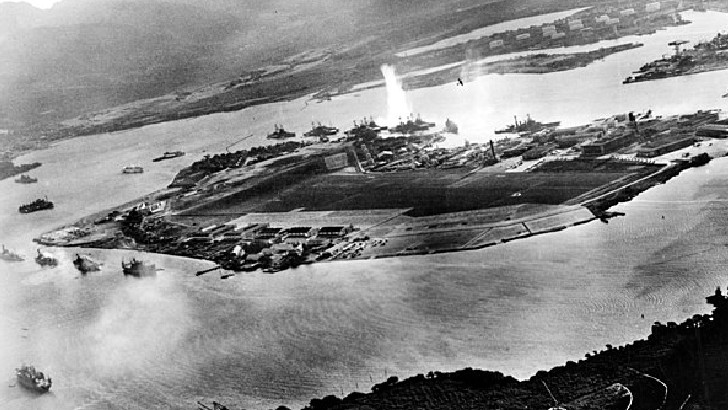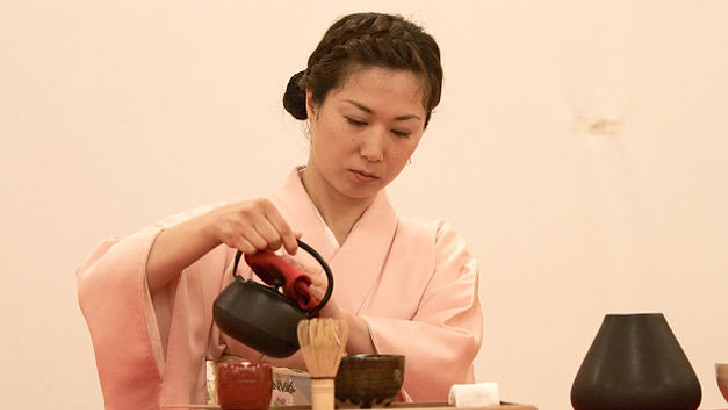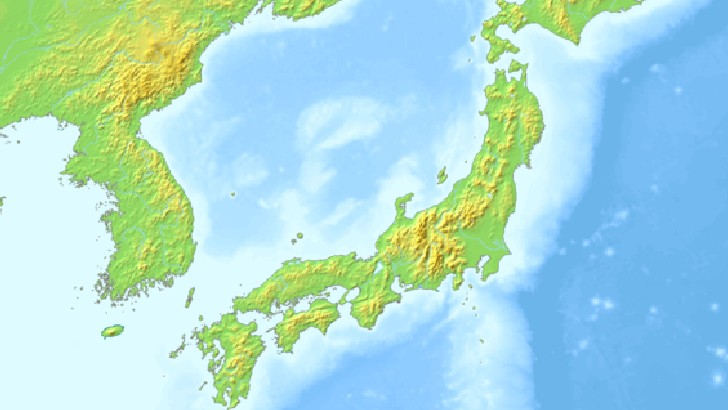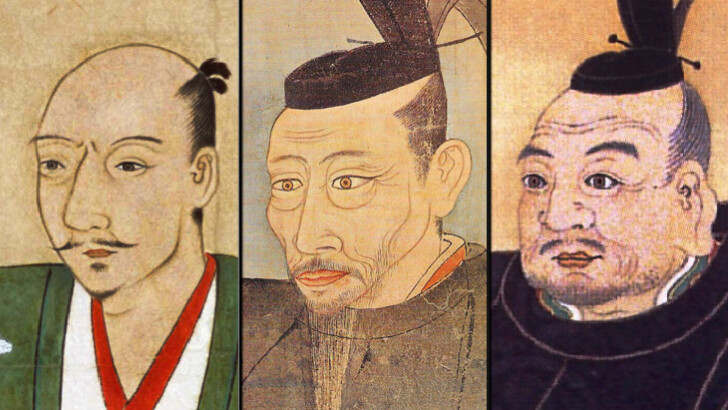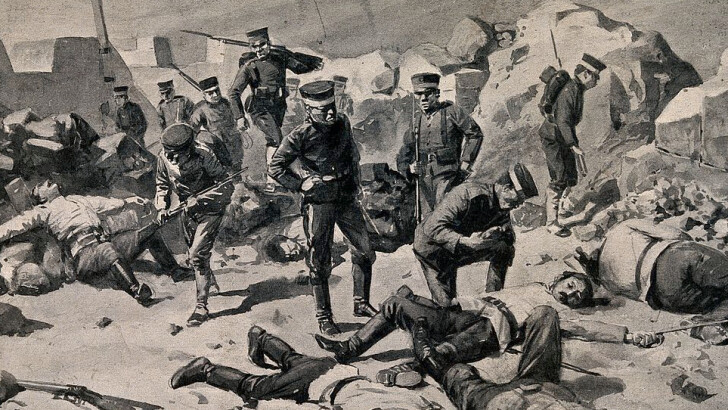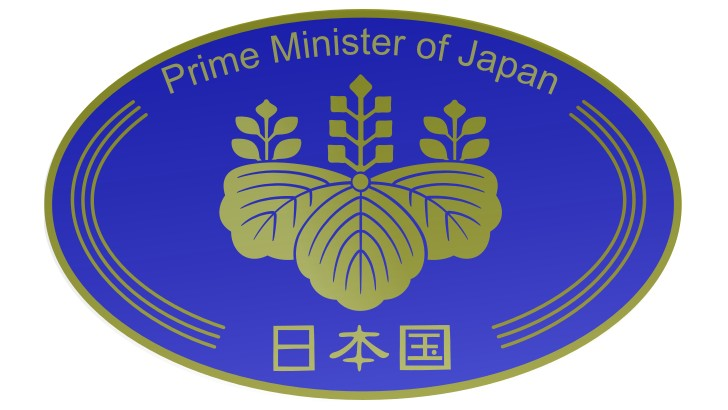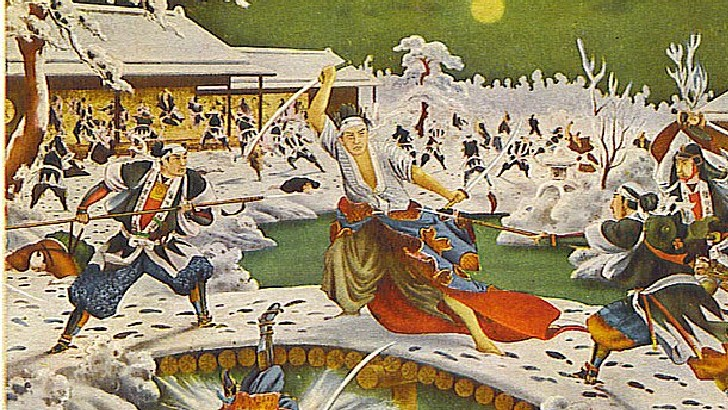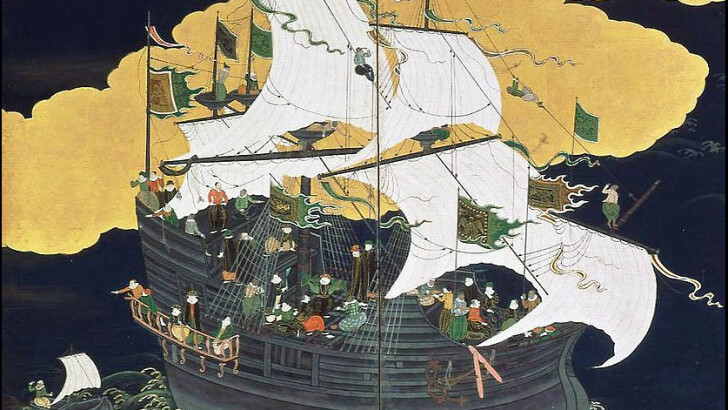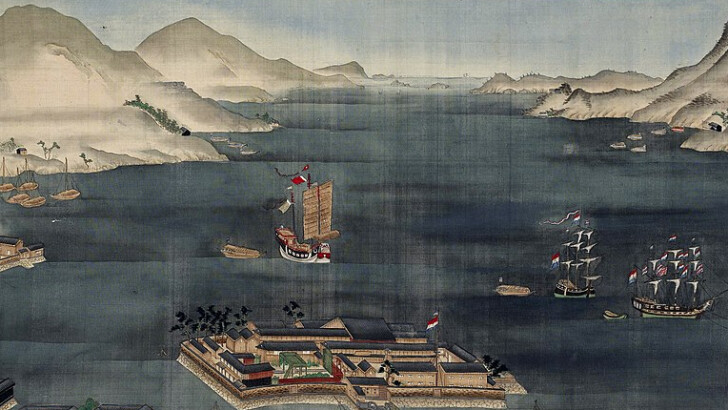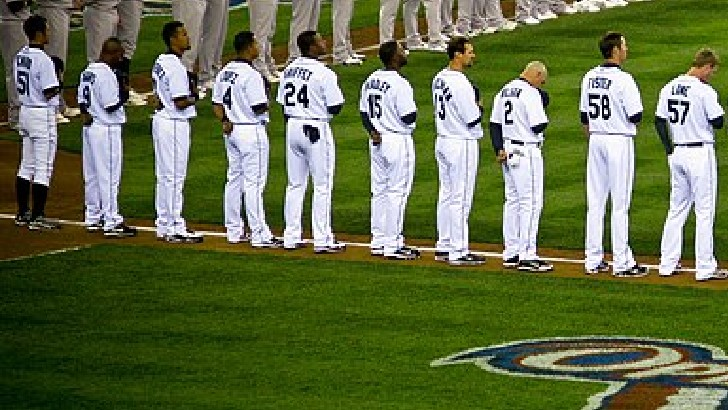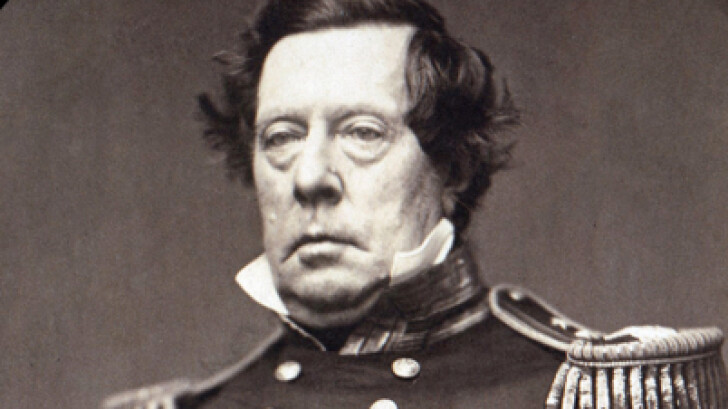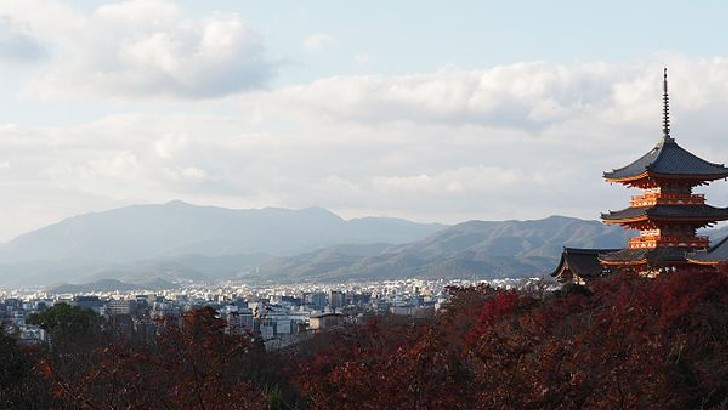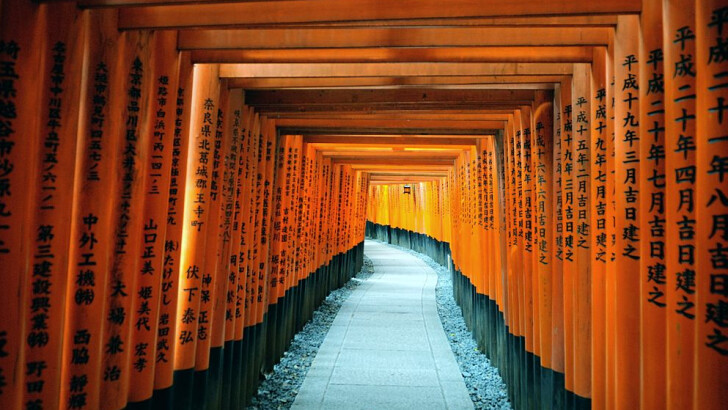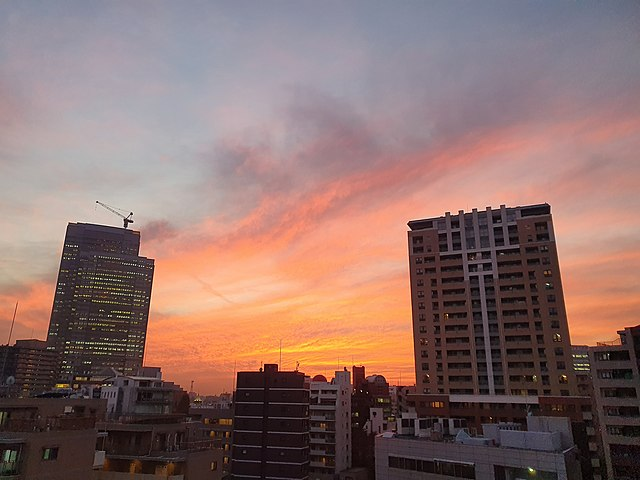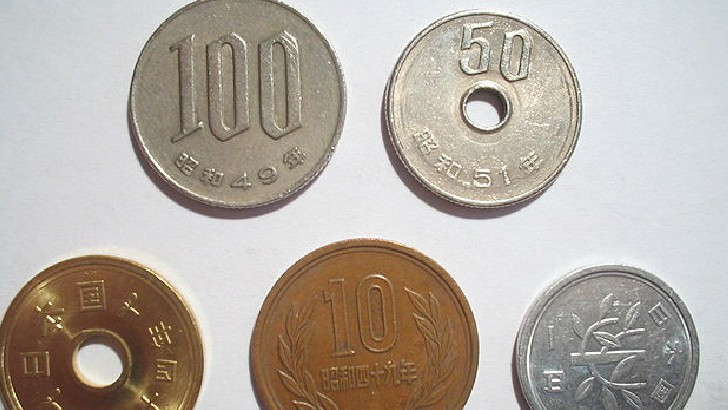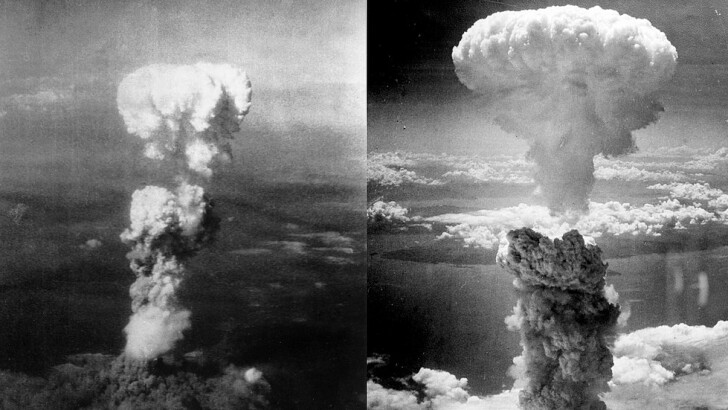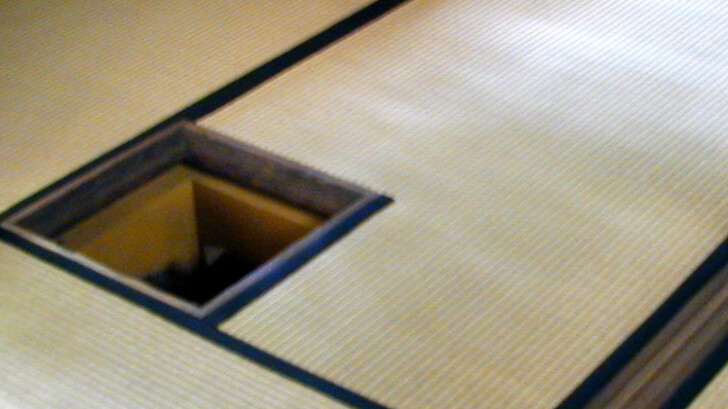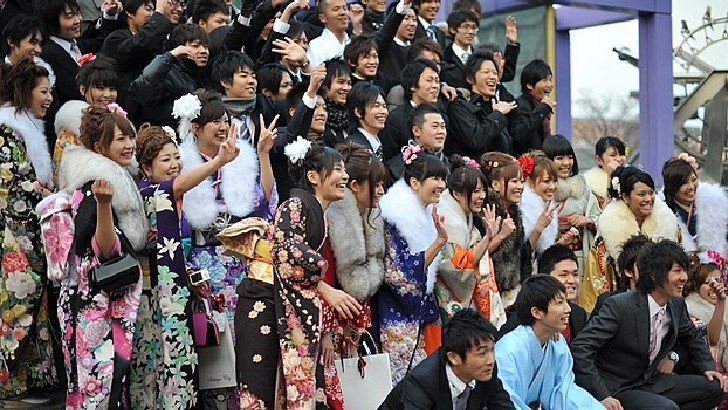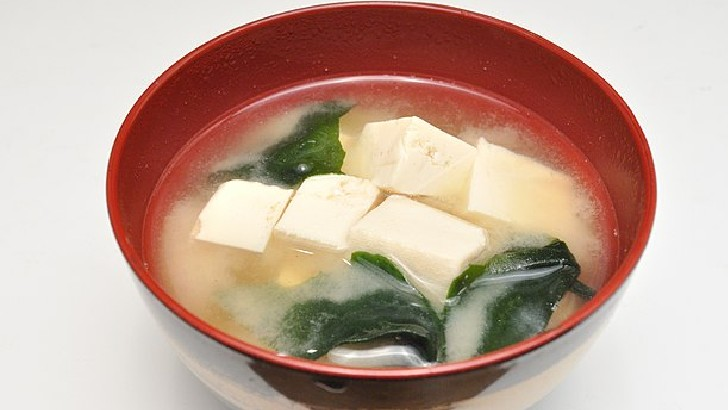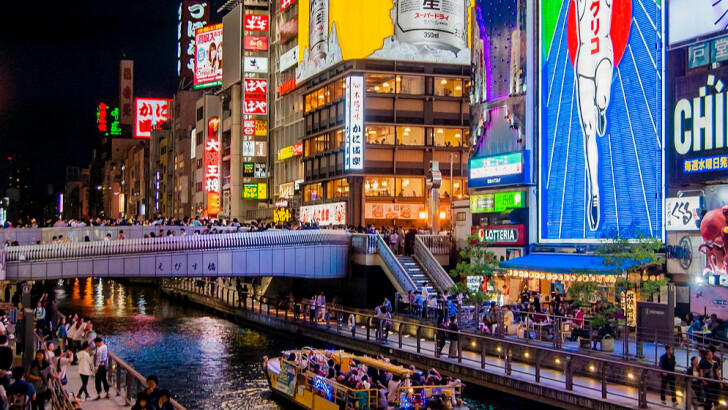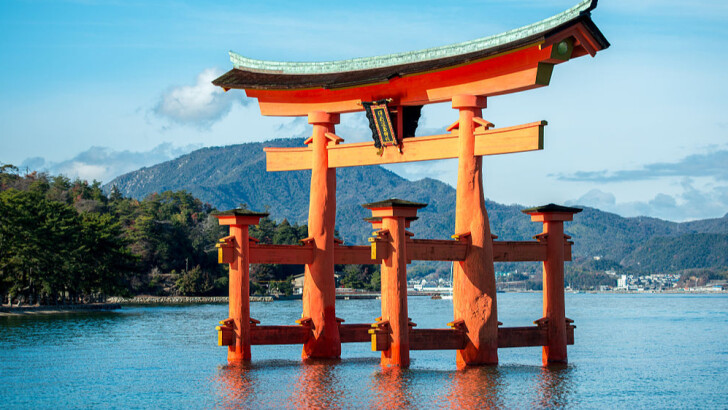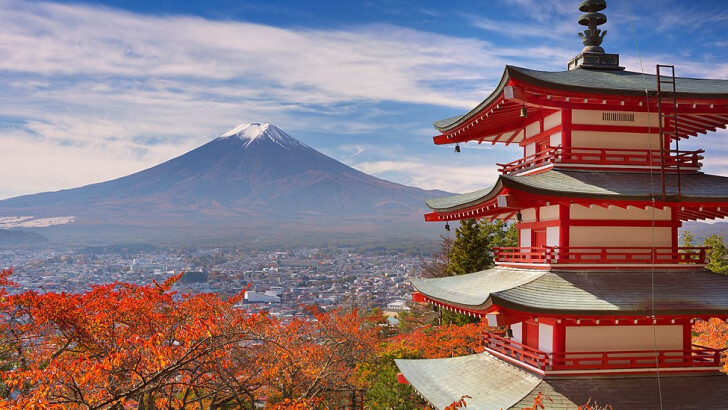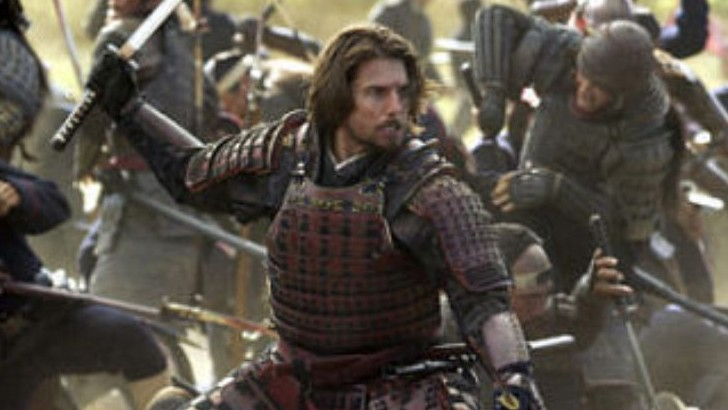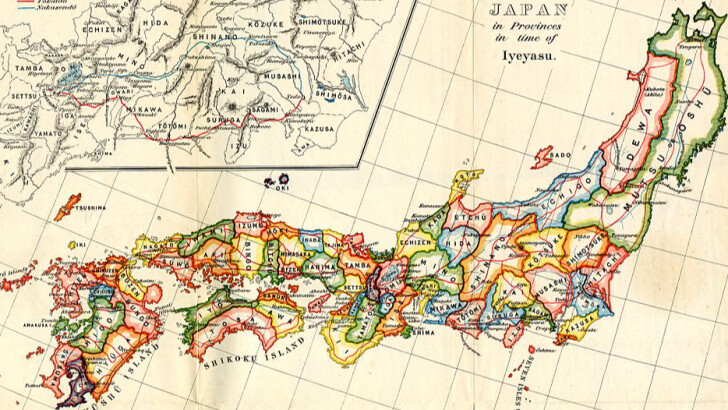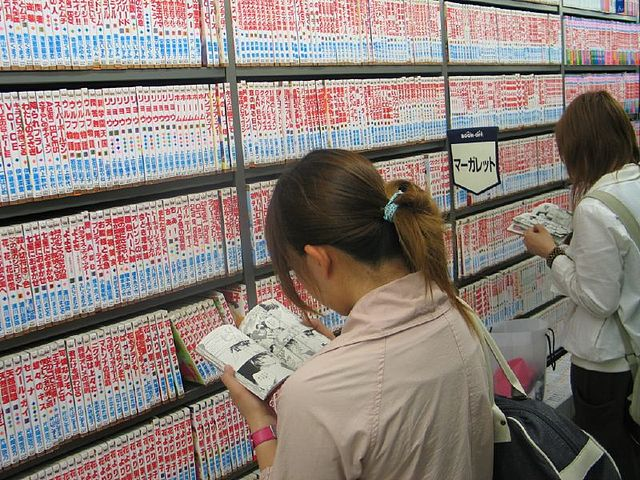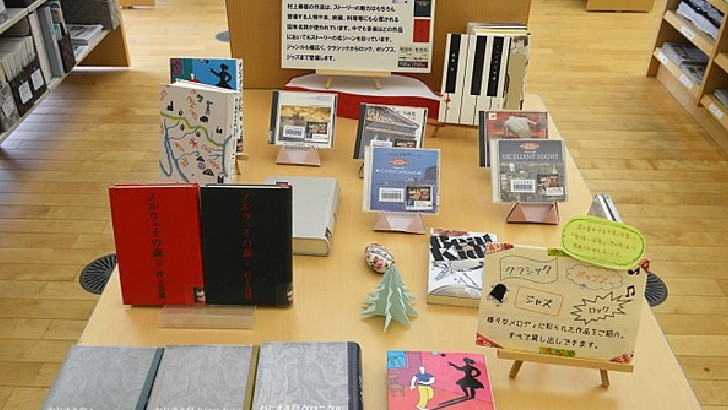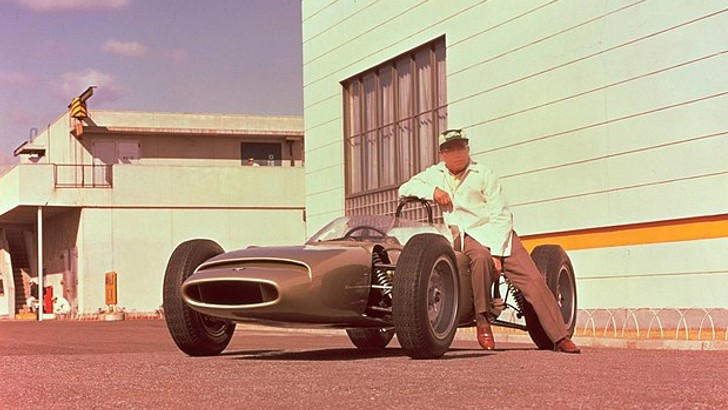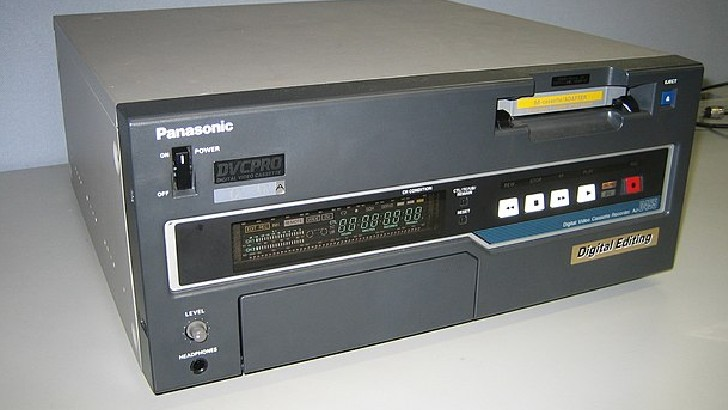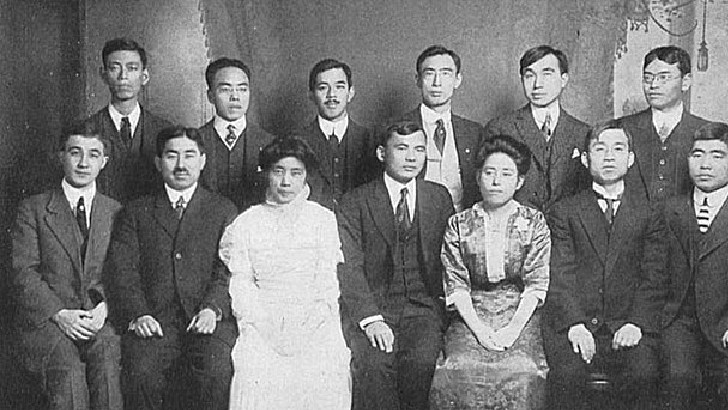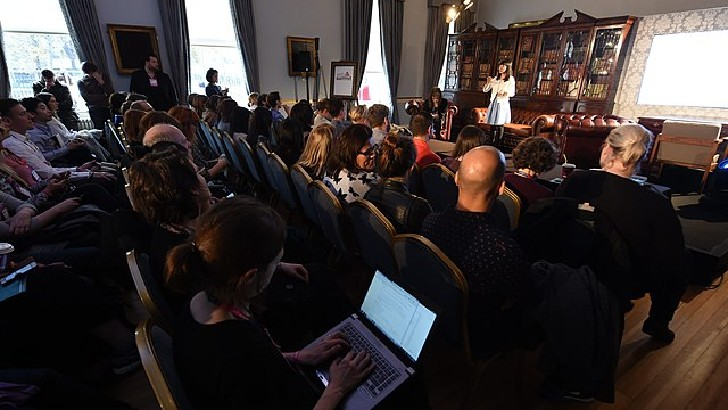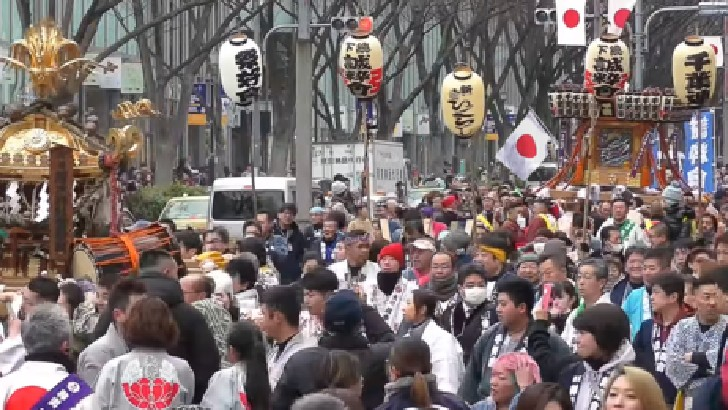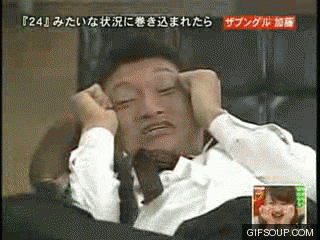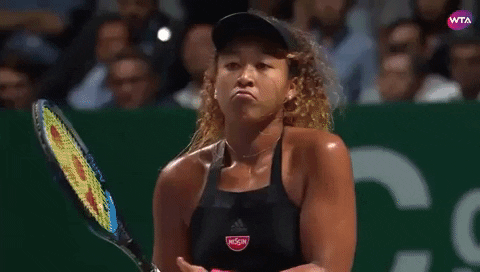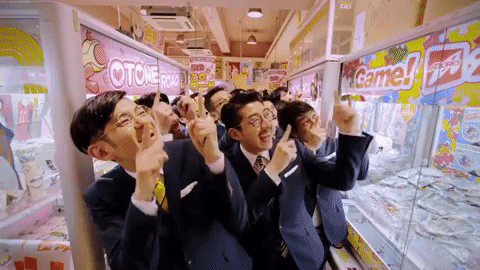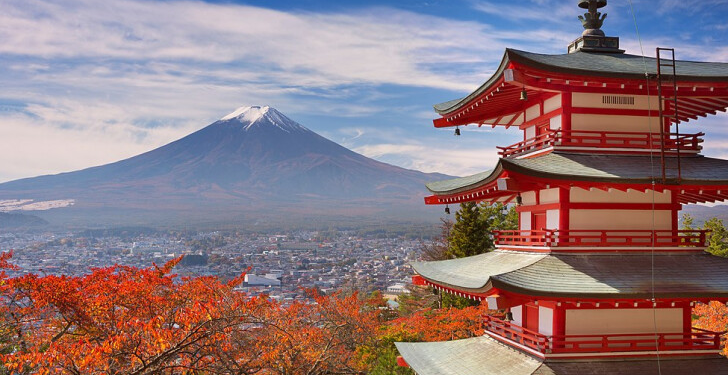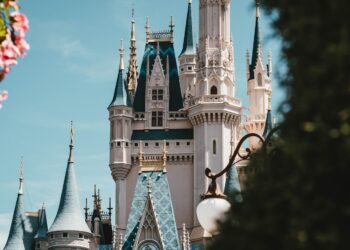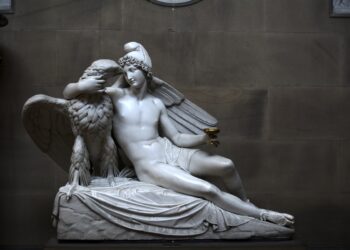Do you know everything there is to know about Japan's temples, castles, natural marvels, and wildlife? Maybe you know a lot about Japanese geography, history, and culture. So here's your opportunity to prove it with our Japan quiz.
Sagano, a forest in Kyoto, is made up mostly of what plant?
Bamboo
The Sagano Bamboo Forest, a magnificent environment of wooden walkways and thick sky-high bamboo stalks, is located near Kyoto. The swinging and cracking of the trees mix into one of the government’s official soundscapes, the “100 Soundscapes of Japan.” Tourists throng to the forest, creating their own soundtracks, so you’ll have to be lucky to hear it in all its natural glory.
What is Japan’s nickname, as represented by its flag?
Land of the Big Red Circle
Land of the Rising Sun
Because the sun rose from the east and looked to rise from Japan, the island country became known as the “Land of the Rising Sun.” The red circle dead center on a white backdrop of Japan’s national flag represents this.
Japan is the birthplace of several martial arts disciplines. Which of the following martial arts is not Japanese?
Kung Fu
Karate, judo, and jujutsu are among the various martial arts systems practiced in Japan. In the 17th century, Okinawa brought karate to the main islands. Jujutsu, a close-combat sport that dates back to the early 12th century, evolved from older versions. In the nineteenth century, jujutsu was mixed with mental discipline to become judo.
What was the leader of the medieval Japanese warlords called?
Shogun
This period is known as Japan’s “feudal period,” and it was dominated by warlords known as “daimyo” and their top dog, the “shogun.” From the 12th through the 19th centuries, the Emperor chose the shogun as Japan’s Prime Minister, although warlords frequently clashed.
Although Japan has hundreds of islands, there are four major ones. Which one isn’t one of them?
Hundred Islands
Hokkaido, Honshu, Shikoku, and Kyushu are Japan’s four main islands. Shikoku, with 7,259 square miles, is the smallest in the archipelago. The Philippines owns the hundred islands.
The Ryukyu Archipelago is made up of Japan’s southwest islands. Which of the 72 islands is the largest?
Okinawa
Okinawa is the biggest and most inhabited of the Ryukyu Archipelago islands, measuring 466 square miles and home to some of the world’s oldest people. Per 100,000 persons, there are 68 centenarians!
Known as Emperor Shwa, who was Japan’s longest-reigning monarch and state ruler during WWII.
Hirohito
Hirohito, Japan’s 124th emperor, controlled the empire and subsequently the country after WWII ended until his death in 1989. Historians disagree on how much influence Hirohito had over Japan’s conquests throughout the war, believing that military advisors were in command. Some say he was a pacifist, while others claim he was a military leader.
If you enjoy making 3D art, you’ll enjoy this Japanese paper folding technique.
Origami
The Japanese technique of paper folding, known as origami, dates back to the 17th century. Small unique sculptures or designs are constructed using a square sheet and simple folding techniques and practices. It is not acceptable to use glue, cutting, or other methods.
In Japan, this flower is known as “hanami,” and it is celebrated with a variety of events in the springtime.
Cherry blossoms
The country’s famed cherry blossoms attract visitors from all over the world to witness the beauty of spring. Many cherry blossom events take place around Japan, blanketing the country in a delicate pink and white canopy.
Who was this Japanese Marshal Admiral during WWII (also known as the mastermind of the attack on Pearl Harbor)?
Isoroku Yamamoto
Isoroku Yamamoto, as Marshal Admiral of the Imperial Japanese Navy, was in charge of establishing Japan’s naval aviation throughout the war. He was also the commander-in-chief who planned the attack on Pearl Harbor and was subsequently assassinated by the Americans. After codebreakers found his flight plans, he joined the Army Air Forces in 1943. His death struck Japanese morale hard during the war.
Tea and crumpets are popular in the United Kingdom, but these traditional Japanese sweets are also popular to be enjoyed along with tea.
Wagashi
Tea and wagashi, or traditional Japanese sweets, are a popular combination in Japan. There are several different forms of wagashi, such as dango, daifuku, and yokan. Because wagashi are time-consuming to create, the majority of people purchase them from specialist stores.
South Korea
If Japan requires a cup of sugar, it will have to go hundreds of kilometers to inquire of its nearest neighbor. South Korea, Japan’s “next door” neighbor, is 943 miles away. China and Russia are its nearest neighbors, with China 1,898 miles and Russia 2,257 miles apart.
There were three “Great Unifiers” in Japanese history. Who was not one of them?
Kenshin Himura
At various moments throughout history, Japan’s triad of “Great Unifiers” brought the country together and ended the warring states. Toyotomi Hideyoshi was Oda Nobunaga’s retainer during the 16th century. The first two unifiers were these two. Tokugawa Ieyasu, the first of the unifiers, ruled for more than two centuries until the Meiji Restoration in the nineteenth century.
In the late 1800s, Japan went to war with (and defeated) which two countries?
North Korea and South Korea
Philippines and the United States
China and Russia
Japan went to war with China again in the late 19th and early 20th centuries, conquering areas such as Korea and Taiwan. They also won a battle with Russia over control of the Korean peninsula.
Who is Japan’s longest-serving prime minister, who has led the country since the late 1990s and will continue to do so until 2020?
Shinzo Abe
Shinzo Abe was Japan’s prime minister from 2006 to 2007 and again from 2012 to 2020 before stepping down due to a medical issue. Between 2007 and 2012, five prime ministers gained power, but none lasted long. Abe then returned, only to quit in 2020 owing to sickness. Known as Abenomics, his economic policies comprised structural changes and stimulus throughout his time as Prime Minister.
After seeking retribution for their master, 47 members of what gang were forced to kill themselves?
Ronin
The “revenge of the forty-seven ronin,” a famous genuine vendetta, featured 46 leaderless samurai who avenged their master’s death. Their commander, the daimyo Asano Naganori, was sentenced to seppuku, or ritual suicide, after assaulting a court officer. To honor their lord, the ronin intended to kill that same court official for a year, after which they were also commanded to execute seppuku. Many Japanese ideals are represented in the narrative, including loyalty, sacrifice, and honor.
Many European explorers visited the Orient in the 16th century. Who were the very first Europeans to arrive in Japan?
The Portuguese
António da Mota and Francisco Zeimoto of Portugal were the first to set foot on Tanegashima Island in the 16th century. The traders were the first two Europeans to cross the border, according to history.
In the late 17th century, Japan established an isolationist foreign policy that would last more than 200 years. Why did Japan do that?
Because they needed space
So they could grow from within
To create demand for their domestic products
So their religion wouldn’t become contaminated
So their religion wouldn’t become contaminated
Following the conversion of hundreds of thousands of Japanese to Christianity by Portuguese missionaries, the country retaliated by isolating itself in the 17th century in order to prevent other religions and cultures from polluting their own. The isolationist policy, known as “sakoku,” banned Japanese citizens from leaving and outsiders from entering on penalty of death.
This baseball legend played for the Seattle Mariners. What is this hall of famer’s name?
Ichiro Suzuki
Ichiro Suzuki had a 28-year career in baseball, first with the Orix BlueWave in Japan and then with the Seattle Mariners in the United States. Suzuki set various records throughout his career, including the most hits by any player in major league baseball. He is one of the reasons baseball is such a popular sport in Japan.
With the signing of a trade deal between Japan and which country, Japanese isolationism came to an end.
United States
Japan’s isolationist era came to an end with the Perry Convention (also known as the Treaty of Kanagawa). The treaty was the first to be signed with a Western country, and it was negotiated by Matthew Perry.
Kyoto
Kiyomizu-Dera, or “Pure Water Temple,” is a Buddhist temple and UNESCO World Heritage site in Kyoto. The historic temple, which was founded in 780 beside the Otowa Waterfall and boasts a spectacular view of the cherry blossoms and maple trees below from its wooden platform, is one of the nation’s most famous.
What kind of shrine does these famed framed gates lead to?
Shinto Shrine
Fushimi Inari-Taisha is one of Japan’s numerous shrines dedicated to the Shinto faith. Inari, the kami of agriculture, rice, and commerce, is located at the base of Mount Inari.
What is Japan’s most populated city, as well as the country’s capital?
Tokyo
Tokyo and its outskirts are home to around 14 million people. Since 1868, Tokyo has served as the country’s capital. Over a dozen more Japanese cities have populations of over a million people.
What are Japanese currency called?
Yen
Known as yen, Japanese coins are valued according to their weight. The lightest coin, 1 yen, is supposed to weigh 1 gram and float in a glass of beer. As of 2022, $1 U.S. dollar converts to 133 Japanese yen.
During World War II, the atomic bomb was dropped for the first (and, presumably, the last) time on which two cities?
Hiroshima and Nagasaki
In 1945, the United States unleashed atomic bombs on Hiroshima and Nagasaki, killing over 200,000 people and thereby ending WWII.
What type of traditional Japanese floor might you sit a seiza on?
Tatami floors
To sit in Japan, you must be adaptable. The customary and dignified technique of sitting with your legs folded beneath you is known as sitting seiza. On tatami flooring, you might sit like this (which are also used for martial arts, as the texture is helpful for gripping).
What is the population of Japan, the world’s 11th most populated country?
126 million
By 2020, Japan will have a population of almost 126 million people. Due to a huge elderly population and declining reproductive rates, the country’s population is dwindling.
This soup, cooked with fermented soybean paste, sea salt, and rice koji, will warm you up.
Miso soup
Miso soup is considerably nicer than it sounds, despite being prepared from soybeans and a sort of mold. The fermented paste is mixed with a variety of other ingredients, including vegetables, tofu, and abura-age (a type of deep-fried tofu).
Which city is home to Dotonbori, the buzzing downtown district?
Osaka
Dotonbori, Japan’s Times Square, combines dazzling lights, large metropolis meets amusement park. Bright billboards and numerous colorful animals, including a crab, a clown, an octopus, a pufferfish, and a running man, line the Dotonbori canal.
Shinto, which means “way of the gods,” is Japan’s indigenous religion. What does it think the gods have to do with it?
Nature
Shinto is a polytheistic faith that believes gods and spirits, known as “kami,” reside in all natural things, including plants and animals. These kami are worshipped in both public and private shrines and temples, and the religion stresses purity through bathing and washing rites, although not professing moral standards.
What accounts for more than 70% of Japan’s land area?
Mountains
Japan is extremely mountainous, with mountains covering 70% of its territory and the majority of its inhabitants living in the plains, valleys, and beaches. On the islands, there are also 110 active volcanoes.
Who is this Academy Award nominee, who had roles in The Last Samurai and Letters from Iwo Jima?
Ken Watanabe
Ken Watanabe’s acting abilities were recognized globally for his roles in The Last Samurai and Letters from Iwo Jima, and he was nominated for an Academy Award for Best Supporting Actor. He was also nominated for a Tony Award for his performance as the king in The King and I.
What natural tragedy struck in the early 1800s, killing an estimated 20,000 people?
The eruption of Mount Fuji
The world’s most destructive typhoon
The eruption of Mount Fuji
Mount Fuji erupted for the final time on December 16th, 1707. The eruption was sparked by a huge earthquake and lasted two weeks. Despite the fact that Fuji did not erupt with lava, it did spew 60 kilometers of volcanic ash.
What are Japanese comics known as?
Manga
Since the 1950s, Japanese people have been reading comic books on a regular basis. They were so successful in Japan that it spawned its own manga genre. On your daily commute, you’ll find many Japanese executives reading through (or skimming through) their favorite comics.
“If you remember me, then I don’t care if everyone else forgets.” Who penned the best-selling novels Norwegian Wood and Kafka on the Shore?
Haruki Murakami
Haruki Murakami’s writing is influenced by Western writers, and his novels are international bestsellers, selling millions of copies and being translated into more than fifty languages. The fictitious 1Q84 is regarded as Japan’s finest piece of fiction in the previous three decades.
“We only have one future, and it will be made of our dreams, if we have the courage to challenge convention.” Who is this legendary engineer who created a well-known automotive brand?
Soichiro Honda
Soichiro Honda is a businessman and engineer who founded the Honda Motor Company in 1948, putting Japan at the forefront of high-quality automobiles. Honda grew his firm from a little wooden cabin making bicycle motors to a multibillion-dollar corporation.
What industrialist is recognized for his “Seven Principles” and is the creator of Panasonic?
Kōnosuke Matsushita
Knosuke Matsushita founded Panasonic, Japan’s leading consumer electronics firm, in 1918. He is noted for his “Seven Principles,” which helped the company’s workers develop a strong work culture. Adaptability, thankfulness, civility, and humility are among these principles.
What would be Japan’s high school yearbook superlative if there was one?
Lowest birth mortality rate
Longest life expectancy
Japan has the world’s longest life expectancy, at 85.03 years. Women are anticipated to live to be approximately 88 years old, while men will live to be around 82. This is due in part to Japan’s nutritious cuisine and low obesity rates. The country is also extremely literate, having a 99 percent adult literacy rate!
This cheerful expert will assist you in organizing your life. What is the name of this Netflix star that gave a new meaning to the word “tidy”?
Marie Kondo
If you can’t stand clutter, then Marie Kondo is your gal. Her Netflix show, Tidying Up with Marie Kondo, is every organizer’s dream…and every hoarder’s worst nightmare.
When does Japan celebrate National Foundation Day?
February 11
In Japan, February 11th is National Foundation Day. It is commemorated on this day because the mythological Jimmu, Japan’s first Emperor, ascended the throne. On the lunisolar calendar, it is known as New Year’s Day.
Fail! Sorry, you don’t know anything about Japan.
At least you tried? Maybe try harder?
Congratulations! You know a lot about Japan.
[giveaway id=12098]
